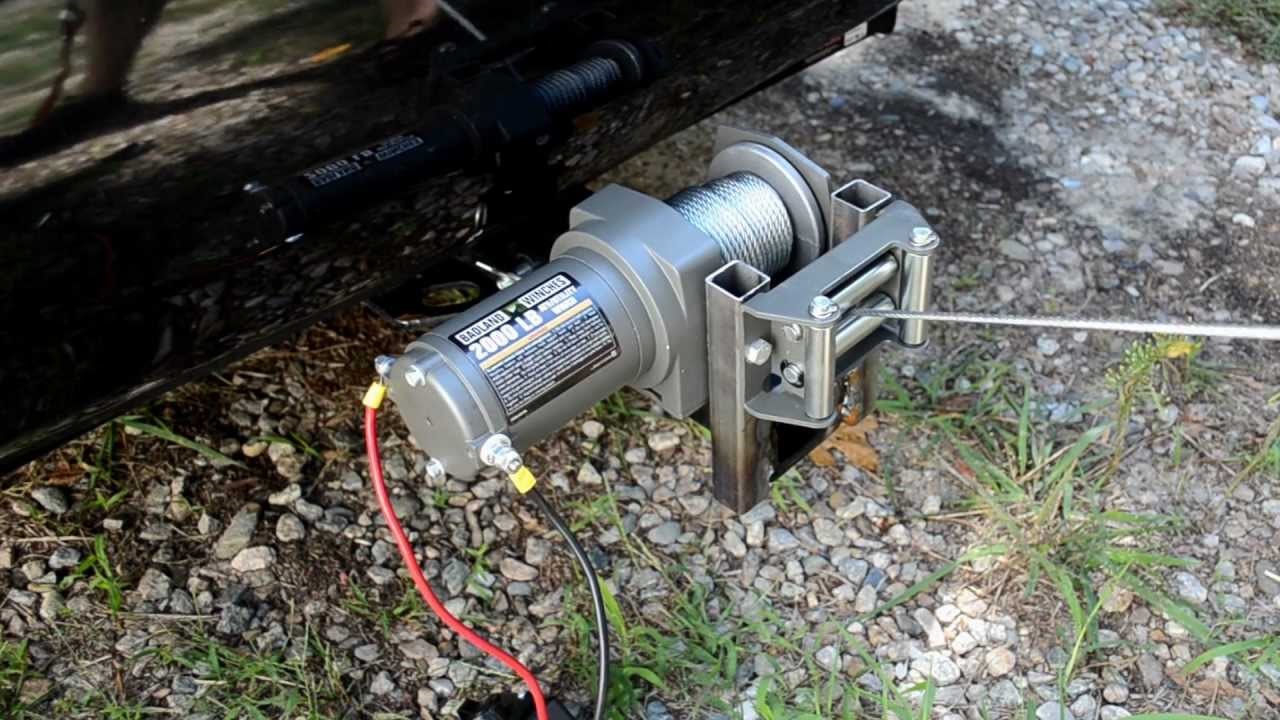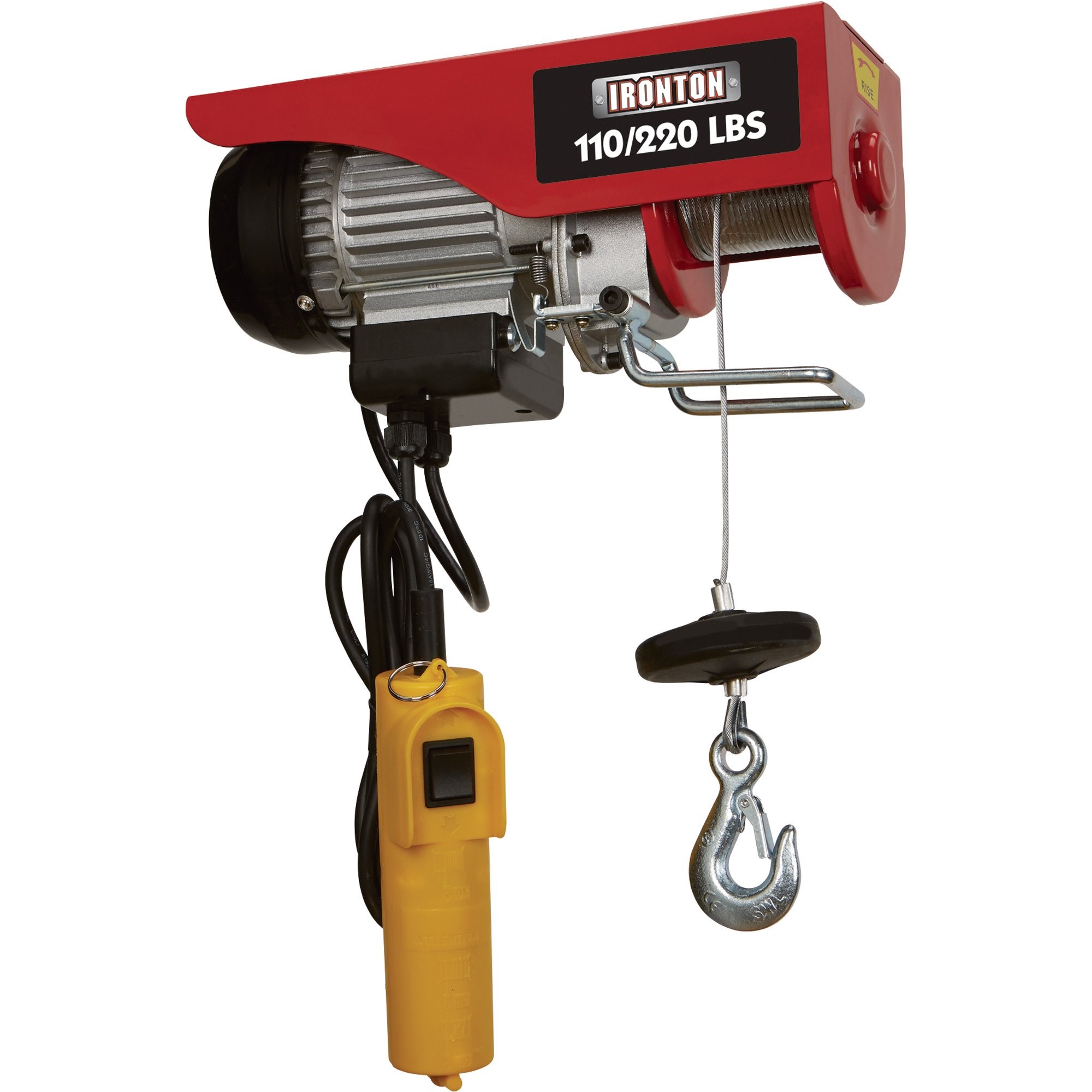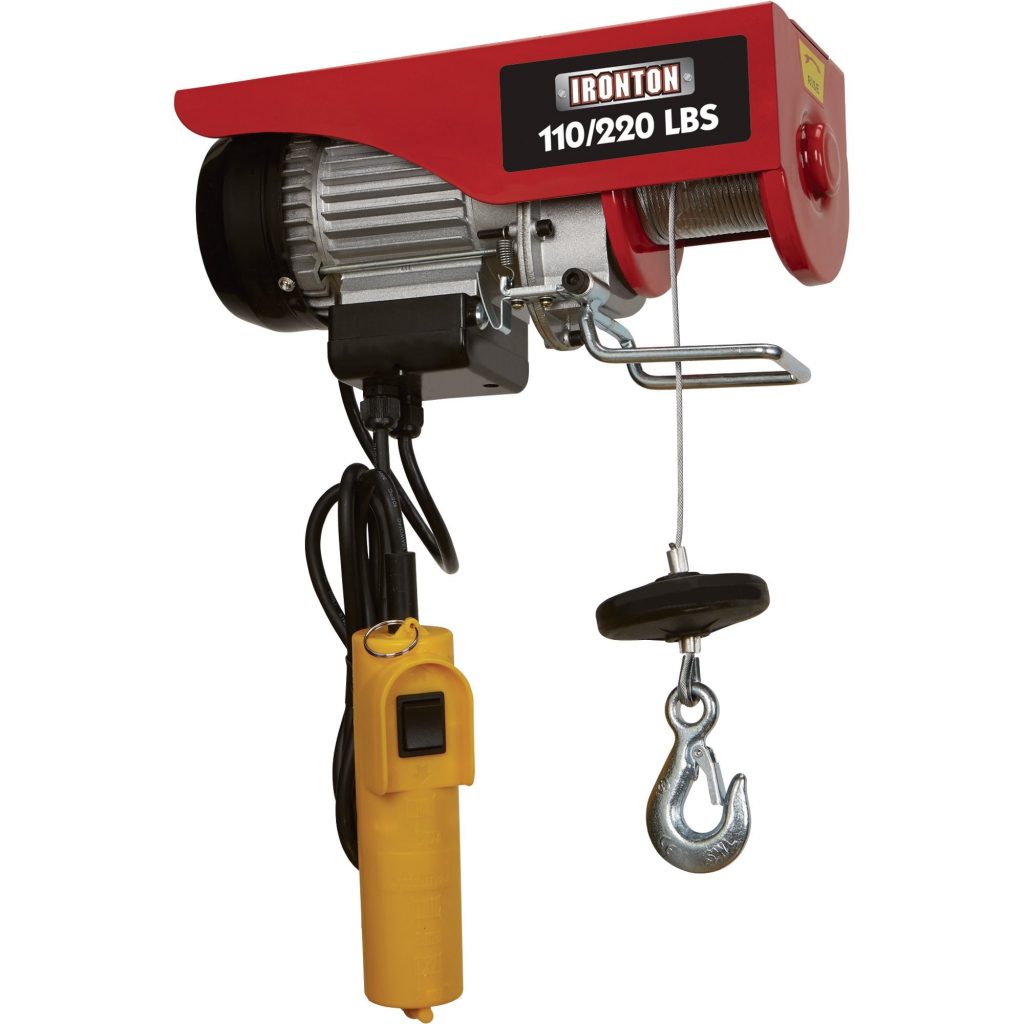Some people use the words ‘winch’ and ‘hoist’ interchangeably, but there are differences between each type, and it is important to understand the differences before you choose a product so you get the right tool for the job.
The basic difference is as follows:
Hoists lift things while winches pull the object.
Winches are designed for tugging masses on a relatively level surface, while a hoist will be used to lift and carry a vertical load and suspend it in the air.
Can you use a winch as a hoist?
In general, no. It is not safe to use a typical winch to bring masses up from the bottom, because it is not designed for this purpose and there is a risk that the burden will falter and fall.
One of the major variations between a winch and a hoist is found in their braking systems.

Winches often use dynamic brakes that are specifically designed to support a rolling mass and not for lifting a dead weight. The gears of a dynamic mechanical braking system lock onto pulling a load, but a heavy vertical lift will overwhelm the power of this technique, forcing the load to slide and possibly damaging the gears. Find out more about the right Hydraulic Winch for your needs at a site like https://www.brevini.co.uk/power-transmission/winches/recovery-winches/

Hoists employ a mechanical brake system that have been designed specifically to lock and load your support lifting medium. This method is more suitable for vertical lifting and vary from a winch in that a hoist is partially equipped with methods to limit the load and prevent you from trying to carry a weight that exceeds the hoist’s Working Load Limit.

